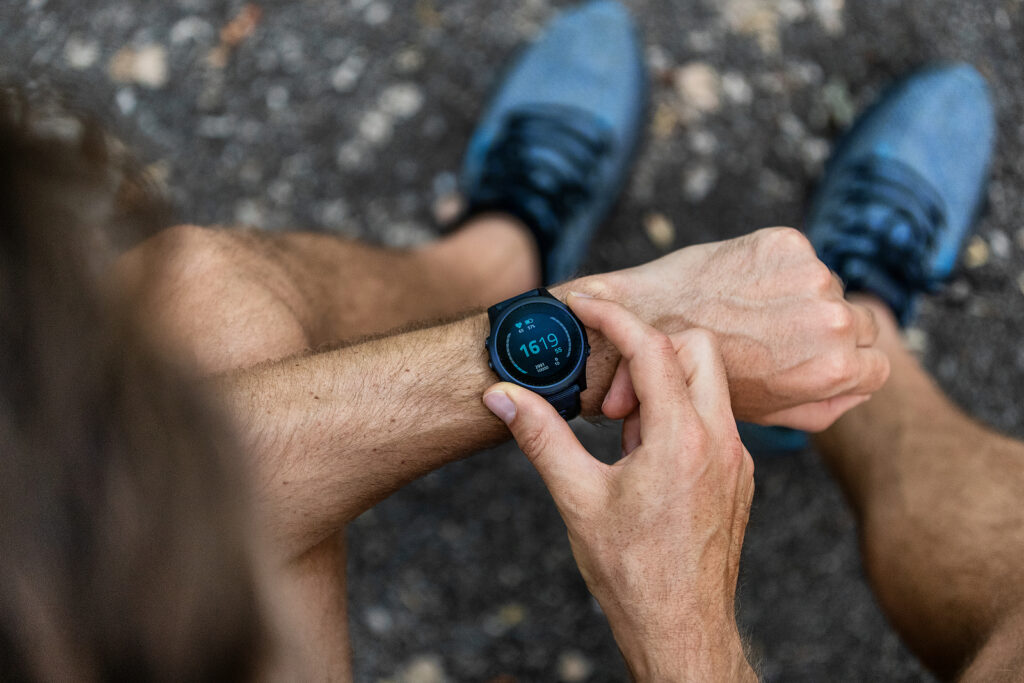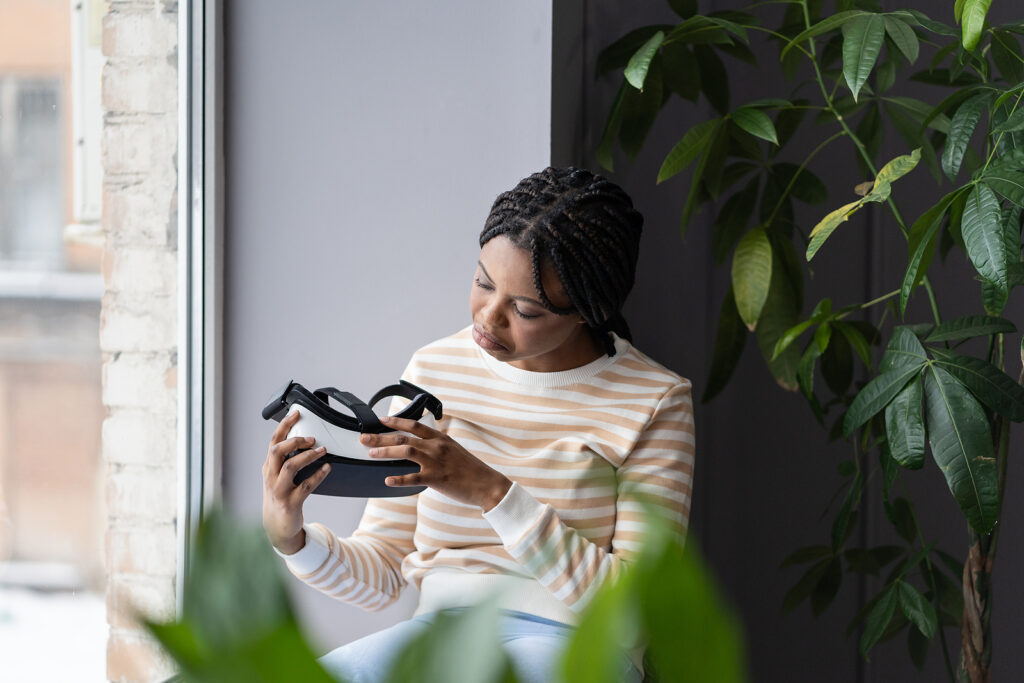& Construction

Integrated BIM tools, including Revit, AutoCAD, and Civil 3D
& Manufacturing

Professional CAD/CAM tools built on Inventor and AutoCAD
4 min read
Learn about the current state of wearable technology and where the industry is headed.

In the last two decades, designers and innovators have been busy pioneering things like self-driving cars, virtual reality spaces, and smart homes. Among these modern-day advances, one market, in particular, has seen significant growth — wearable technology. Whether it’s a smartwatch or fitness tracker, more people are investing in wearable technology than ever.
Basically, wearable technology is as its name suggests. It’s an old idea but a relatively new technological advancement. Modern wearable technology connects with humans via sensors that track movement and biometrics. Wearable devices usually send collected data via Bluetooth, wifi, or mobile data to a smartphone or computer.
Early wearable technology concepts clipped directly onto the body to track movement via motion sensors. However, since the advancement of extremely sensitive sensors, wearables were applied to other body parts like the wrists, fingers, chest, and eyes.
The potential of wearable tech has skyrocketed, and there is an increasing supply to choose from.

Thanks to modern-day wearables, people no longer have to wear outdated smartphone armband holders. People can keep their phones in their pockets or bags because smartwatches can communicate phone notifications and screen phone calls. The same goes for smart glasses and fitness trackers.
Smart glasses incorporate augmented reality (AR) elements to enhance the line of sight. Brands like Ray-Ban have recently created glasses that incorporate front-facing cameras to rival products like the GoPro.
Samsung and Apple have been flooding the market for the last few years with new renditions of their Galaxy Watch and Apple Watch, respectively. Current smartwatches have LTE and GPS capabilities and communicate seamlessly with their OS smartphone counterparts.
Some smartwatches even track biometrics and might soon make fitness trackers obsolete. Until then, however, fitness trackers are still as popular as before.
Fitness trackers — like the FitBit — are worn on the wrist and use sensors to provide an abundance of biometric readings like heart rate, number of steps taken and estimated calorie burn. They tend to stand alone and record data internally. You can then export the data to a smartphone or computer. The purpose of dedicated fitness trackers (besides tracking biometrics) is to eliminate the need for carrying an additional piece of tech like a smartphone.
These examples are just the tip of the iceberg. There are many other wearables not mentioned here. The long list includes virtual reality (VR) headsets and other consumer health tech. If history is any indication, the future looks bright for wearable technology.

The future of wearable technology will include successes and failures. It’s also safe to say that wearable tech will probably follow the same minimalist trend cellphones took when they started ramping up. As popularity increases, the visibility of such devices will decrease, meaning that visual elements will change over time, and wearables will start looking as mundane or extravagant as jewelry or clothing.
Another near guarantee for wearable technology is advancements in longer battery life. Wearing a watch that you must constantly take off to charge is frustrating. The future for these devices may incorporate energy harvesting — a method of converting body heat, movement, or solar energy into raw power.
There is already a sizable market filled with medical gadgets that track biometrics in real-time. So, chances are that innovations will continue to improve how wearables monitor our health. Some companies are already looking at diagnostic wearables that monitor, diagnose, and provide some type of treatment regimen — like supplying insulin. Other companies are looking at ways to embed devices underneath the skin to test blood oxygen levels, track prescription drugs, and monitor other vital signs, which would be extremely helpful for those with chronic illnesses.
Most apps and online accounts require two-factor identification, and smart car manufacturing like Tesla utilizes digital keys instead of physical keys. Current smartwatches already have some capabilities for authentication. The future may see an increase in wearable tech and proving that you are yourself through biometrics and other features. Some innovators are even looking into smart tattoos that transfer applicable identification information when scanned.
The future is ever-changing, and some predictions might seem mute in a few years, but it’s safe to say that wearable technology is a popular and viable medium for a wide range of applications. Smartwatches and other wearables will always need designers to make them more accessible and usable. What better place to design the next wearable than in something just as innovative?
Autodesk Fusion 360 provides an integrated computer-aided design (CAD), computer-aided manufacturing (CAM), and printed circuit board (PCB) software package that any industrial designer or engineer can manipulate to make the next best wearable technology.

By clicking subscribe, I agree to receive the Fusion newsletter and acknowledge the Autodesk Privacy Statement.
Success!
May we collect and use your data?
Learn more about the Third Party Services we use and our Privacy Statement.May we collect and use your data to tailor your experience?
Explore the benefits of a customized experience by managing your privacy settings for this site or visit our Privacy Statement to learn more about your options.